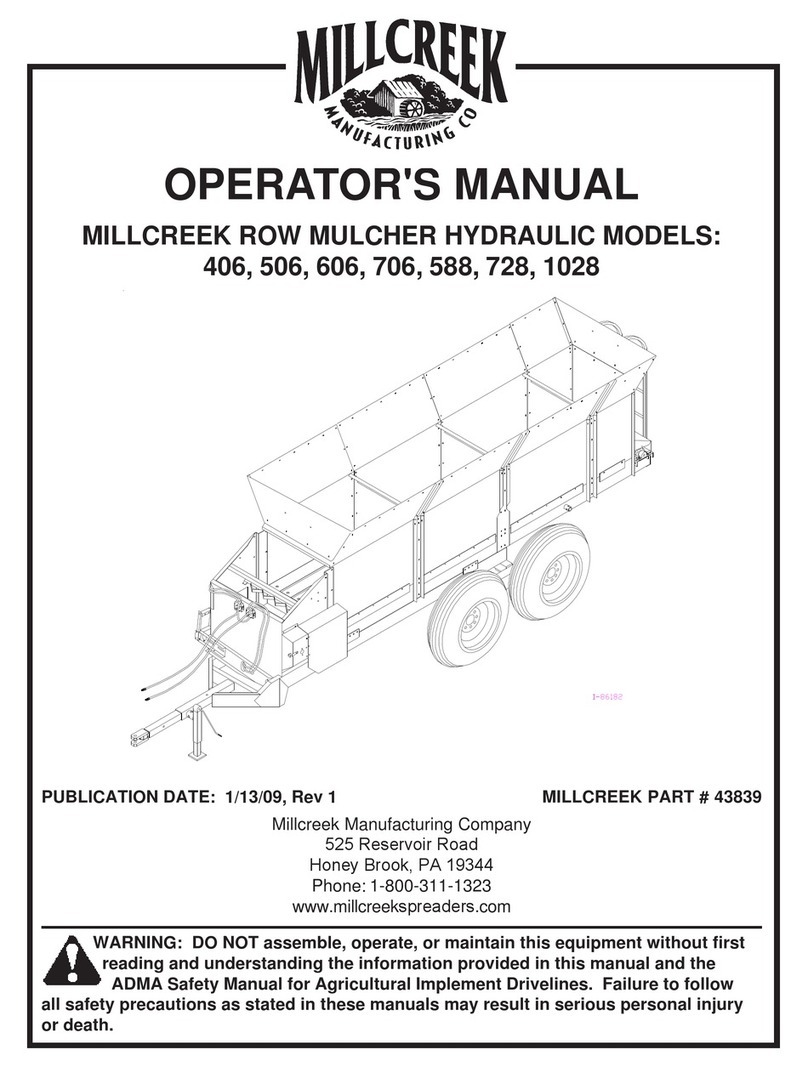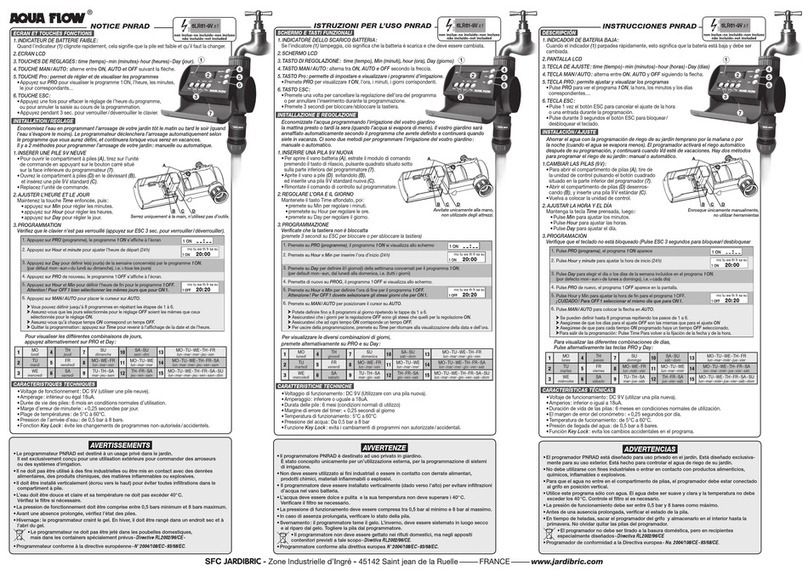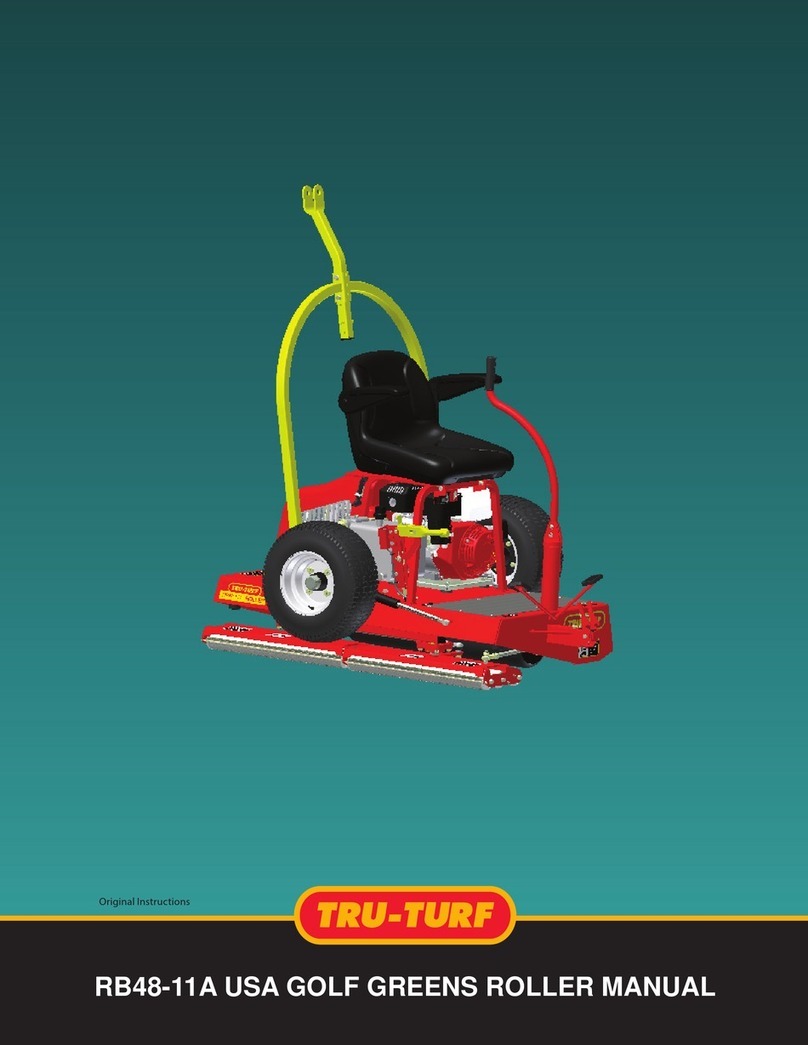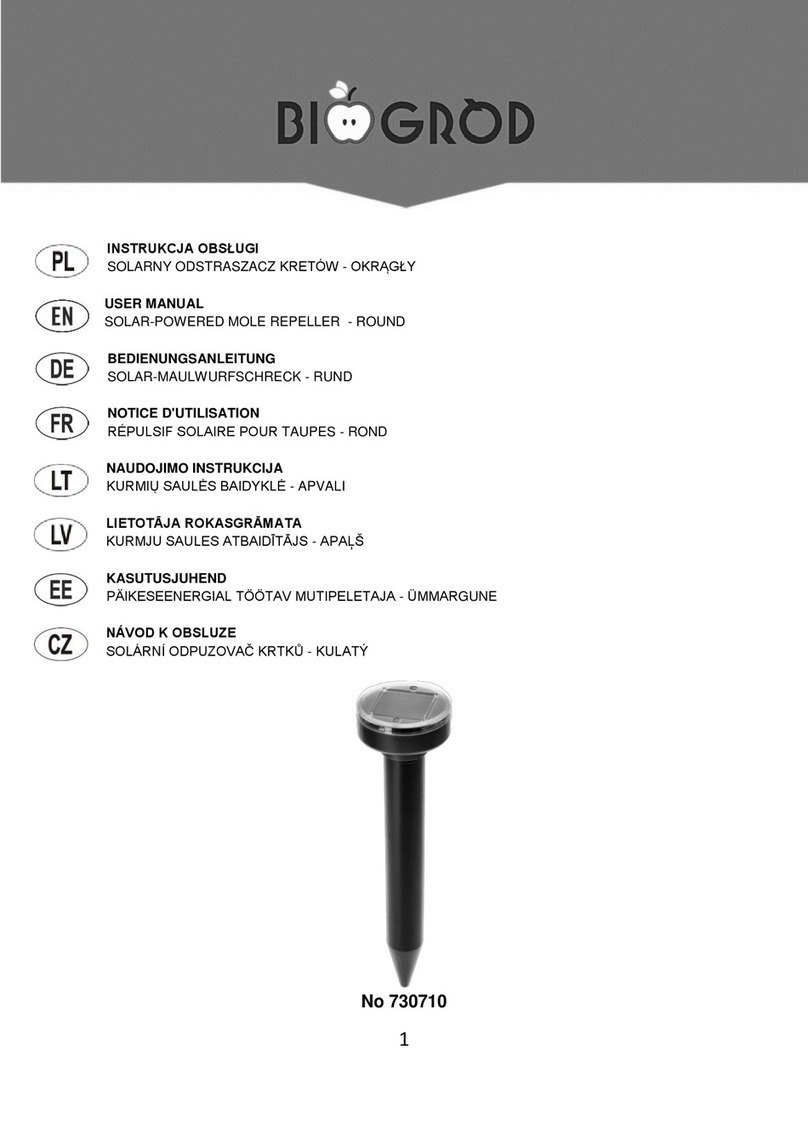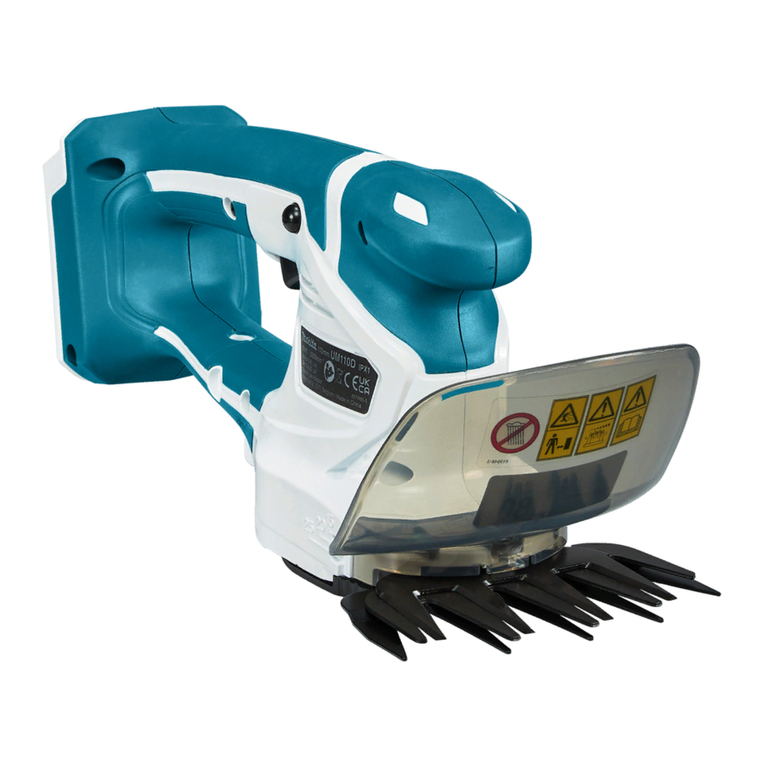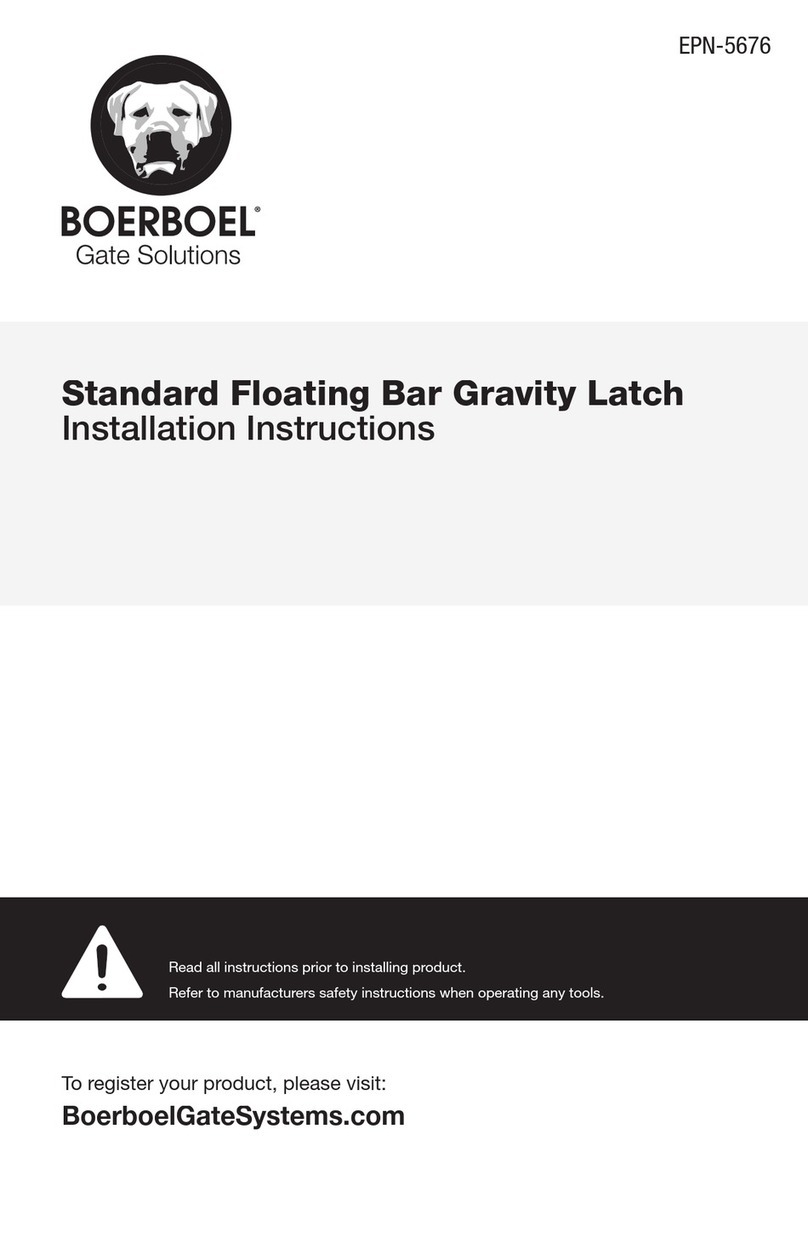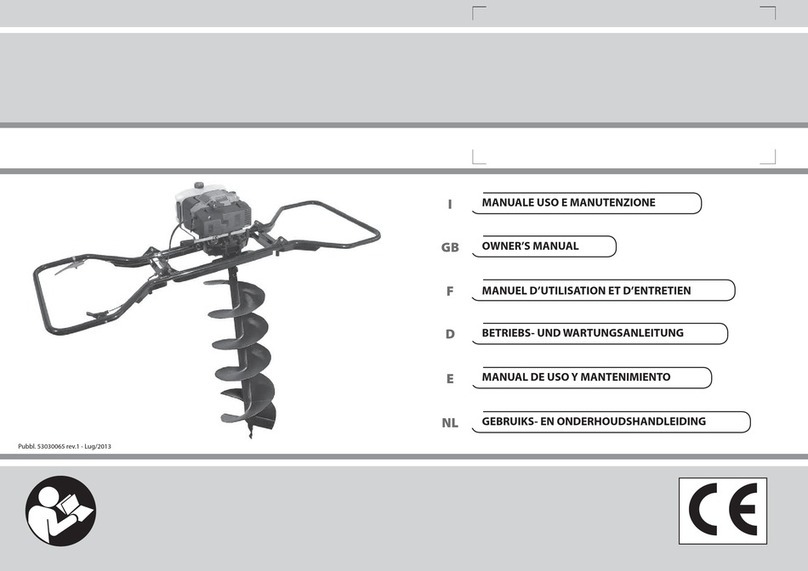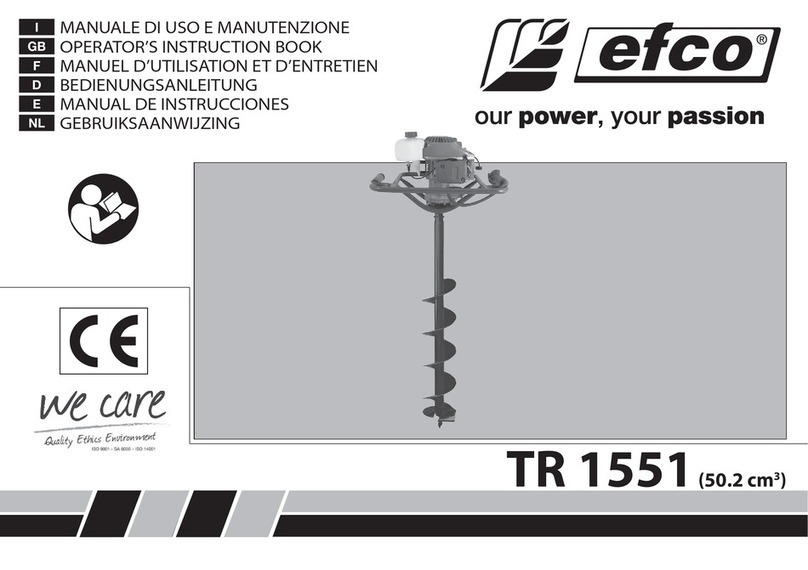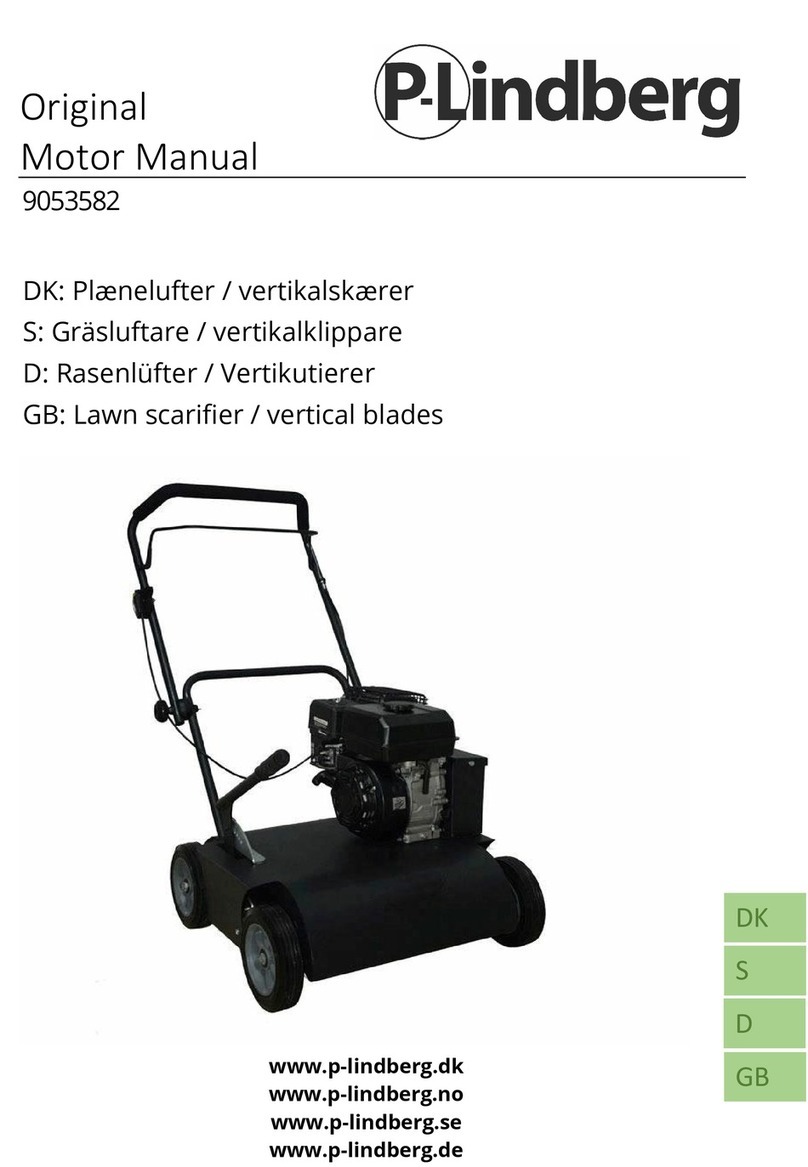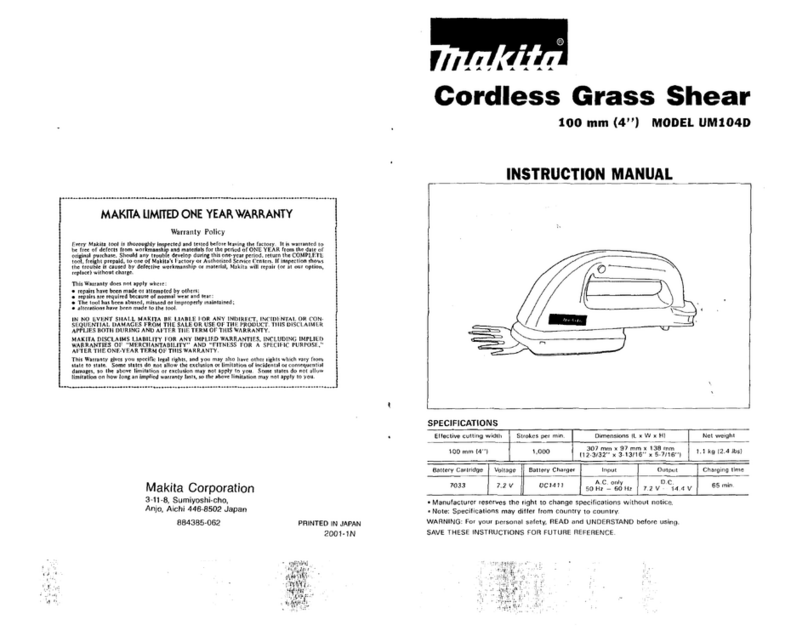
en
7
SAFETY RULES
Basic Safety Precautions
• Read this manual carefully until you completely understand
and can follow all safety rules, precautions, and operating
instructions before attempting to use the unit.
• Restrict the use of your pole pruner to adult users who
understand and can follow safety rules, precautions, and
operating instructions found in this manual. Minors should
never be allowed to use a pole pruner.
• Do not handle or operate a pole pruner when you are fatigued,
ill, or upset, or if you have taken alcohol, drugs, or medication.
You must be in good physical condition and mentally alert.
Pole pruner work is strenuous. If you have any condition that
might be aggravated by strenuous work, check with your
doctor before operating a pole pruner (Fig. 1). Be more
cautious before rest periods and towards the end of your
shift.
• Keep children, bystanders, and animals a minimum of 35 feet
(10 meters) away from the work area. Do not allow other
people or animals to be near the pole pruner when starting or
operating the pole pruner (Fig. 2).
• Major cases of pole pruner accidents happen when the chain
hits the operator. While working with the pole pruner, always
use safety protective approved clothing. The use of protective
clothing does not eliminate injury risks, but reduces the injury
effects in case of accident. Consult your trusted supplier to
choose equipment in compliance with legislation. The clothing
must be proper and not an obstacle. Wear adherent anti-cut
clothing. Anti-cut jackets (Fig.3), dungarees (Fig.3) and
leggings are ideal. Do not wear clothes, scarves, ties or
bracelets that may get stuck in wood or twigs. Tie up and
protect long hair (example with foulards, cap, helmets, etc.).
Safety shoes or boots having skid-proof sole and
anti-piercing insert (Fig.4). Wear protective helmet (Fig.5)
in places where there can be falling objects. Wear protective
goggles or face screens! Use protections against noises:
for example noise reduction ear guards (Fig.5) or earplugs.
The use of protections for the ear requests much more
attention and caution, because the perception of danger audio
signals (screaming, alarms, etc.) is limited. Wear anti-cut
gloves (Fig.6, page 8).
• Only loan your pole pruner to expert users who are completely
familiar with pole pruner operation and correct use. Give other
users the manual with operating instructions, which they have
to read before using the pole pruner.
• Check the pole pruner each day to ensure that each device,
whether for safety or otherwise, is functional.
• Never use a damaged, modified, or improperly repaired or
assembled pole pruner. Do not remove, damage or deactivate
any of the safety devices. Only use bars of the length indicated
by the manufacturer. Always replace bar, chain, immediately if
it becomes damaged, broken or is otherwise removed.
• Carefully plan your pole pruning operation in advance. Do not
start cutting until you have a clear work area, secure footing,
and planned retreat path.
• All pole pruner service, other than the operations shown in the
present manual, have to be performed by competent personnel.
• The pole pruner must only be used for cutting wood. It is
unadvisable to cut other types of material.
• It is unadvisable to hitch tools or applications to the P.t.o. that
are not specified by the manufacturer.
1
2
3
4
5
50 ft
35 ft


